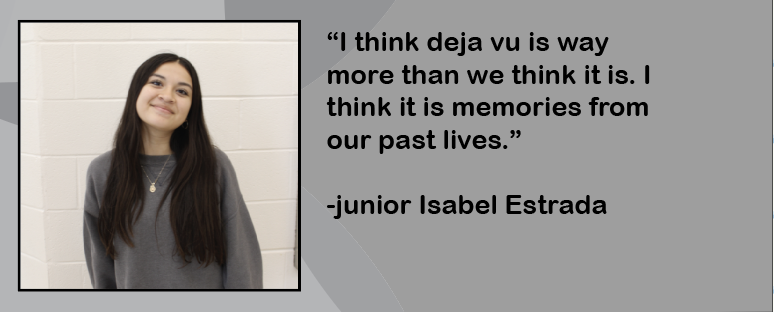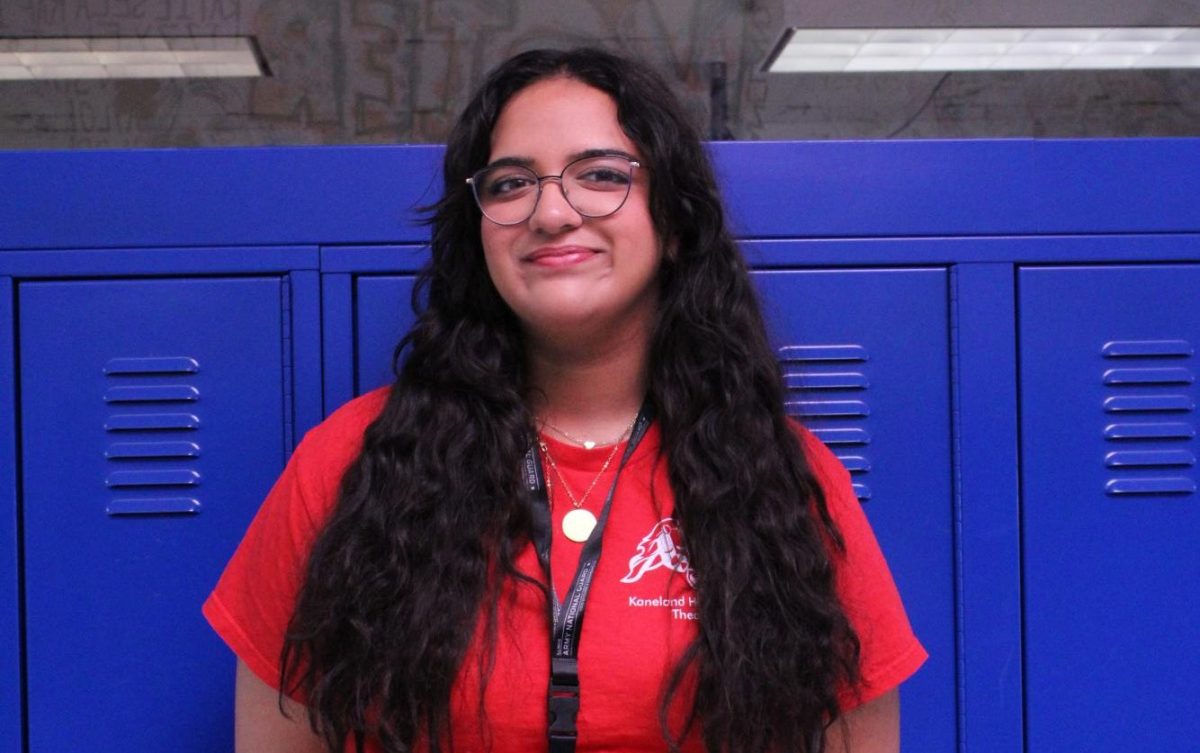For most Kaneland students, summer vacation signifies a break from school. No more navigating the blender, completing homework, listening to teachers and administrators or even seeing most of your classmates. However, for students involved in extracurricular activities, summer break by no means is a break from Kaneland. Sports, clubs and other activities don’t always end when the school year does. Instead, most programs affiliated with the school are very active over the summer.
One of the most active sports during the summer is football. The football preseason starts the first week after school ends and continues throughout the entire summer with only about two or three “dead weeks” where they don’t train.
On Mondays through Thursdays throughout most of June, the team focused on strength and conditioning, as well as speed and skill development. The team continued with practices throughout July. Kaneland additionally hosted a series of 7-on-7 scrimmages at the high school against different teams from around the area, such as DeKalb, Geneva, Plano and Woodstock North.
The girls and boys cross country teams also utilized the summer as a preseason. In both June and July, the teams ran four days a week for six weeks. In June, the teams focused on building more base mileage, while in July they began longer speed workouts. The majority of practices took place off campus, usually starting at 6 a.m. and lasting for about 90 minutes.
“We work through the same routines we will use in season,” head boys coach Chad Clarey said. “But we help our runners make progress on their goals for the summer, and it’s a little less intense. Our boys get out of it what they put into it.”
Clarey explains that although his team did not directly compete with other schools during the summer, it was still important for the athletes to work hard to prepare for the upcoming season in the fall.
“For our program, the payoff isn’t immediate, but we have found that the summer miles equal fall smiles,” Clarey said. “Not every program will put in the work that we do.”
Sports that do not start to compete until later in the school year also are active during the summer. Winter sports, such as girls and boys basketball, have practices and games throughout the entire month of June. Both teams practiced from Monday through Thursday for two hours each day during that month, with the girls playing games on Tuesday and Thursday nights and the boys playing games on Mondays and Wednesdays. Oftentimes, games occurred on Fridays and weekends for both teams as well. Some players from the teams also helped at the elementary and middle school basketball camps.
“In the summer, it is less structured [than the winter],” senior guard Sam Kerry said. “We didn’t have to do film before games, and we also had a lot more games in a shorter amount of time.”
It’s not just athletes who remain busy after the school year ends because students in other extracurricular activities stay involved as well.
In the music department, the marching band remains very active. Rehearsals for the 2024 season of marching band started in May, just a few days after the last day of school. The two rehearsals in late May were brief mini-camps that introduced the band members and incoming freshmen to the competitive show that they will perform in the fall. The band returned for preseason rehearsals in late July before two weeks of band camp in early August. The first week of camp included four rehearsals from Monday through Thursday from 4 to 9 p.m. The second week included rehearsals from Monday through Friday from 8 a.m. to 5 p.m. the week before the school year began.
Marching band is by no means the only active fine arts program during the summer. The Kaneland Arts Initiative (KAI) is different from the high school theater program because they are a K-12 organization that provides arts opportunities for anyone in the Kaneland district and for those in surrounding communities. This means they focus on each of the four fine arts: visual art, music, theater and dance. Throughout August and July, KAI had a dance recital, music performances, the annual art festival and many other types of theater performances.
“A challenge is that sometimes school populations think that this is a school theater program we are producing, when in actuality it is a community theater production,” said Maria Dripps-Paulson, the executive director of KAI. “KAI uses the profits from the show to pay for staff and other aspects of the show like licensing, rentals, building and more.”
The summer shows that Dripps-Paulson and other members of the KAI staff organized featured actors and performers of all ages and from throughout the Chicagoland area. This past summer, there were participants from Chicago, Crest Hill, Naperville, Lombard, DeKalb and the Kaneland community.
“Summer theater at KAI is wonderful because it is intergenerational and community-based,” Dripps-Paulson said. “We meet students from surrounding school districts and join together at Kaneland to make a professional, quality show. A summer of hard work is very rewarding for all involved.”







